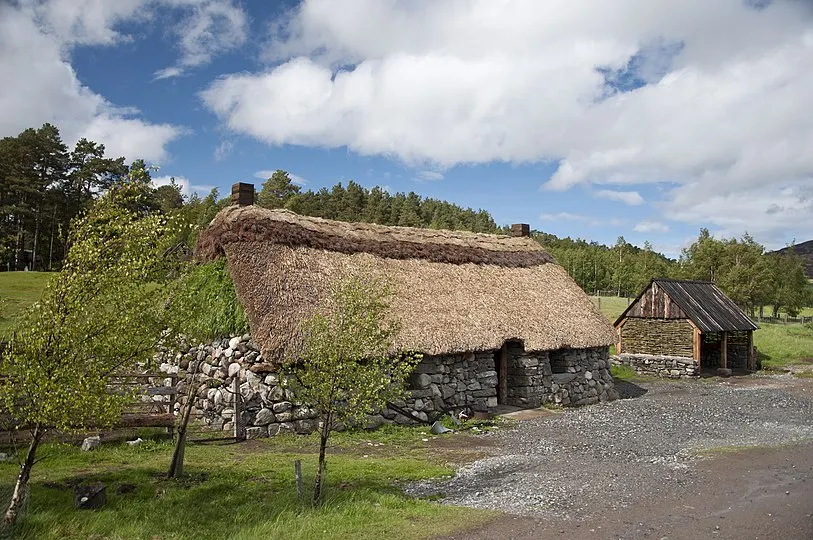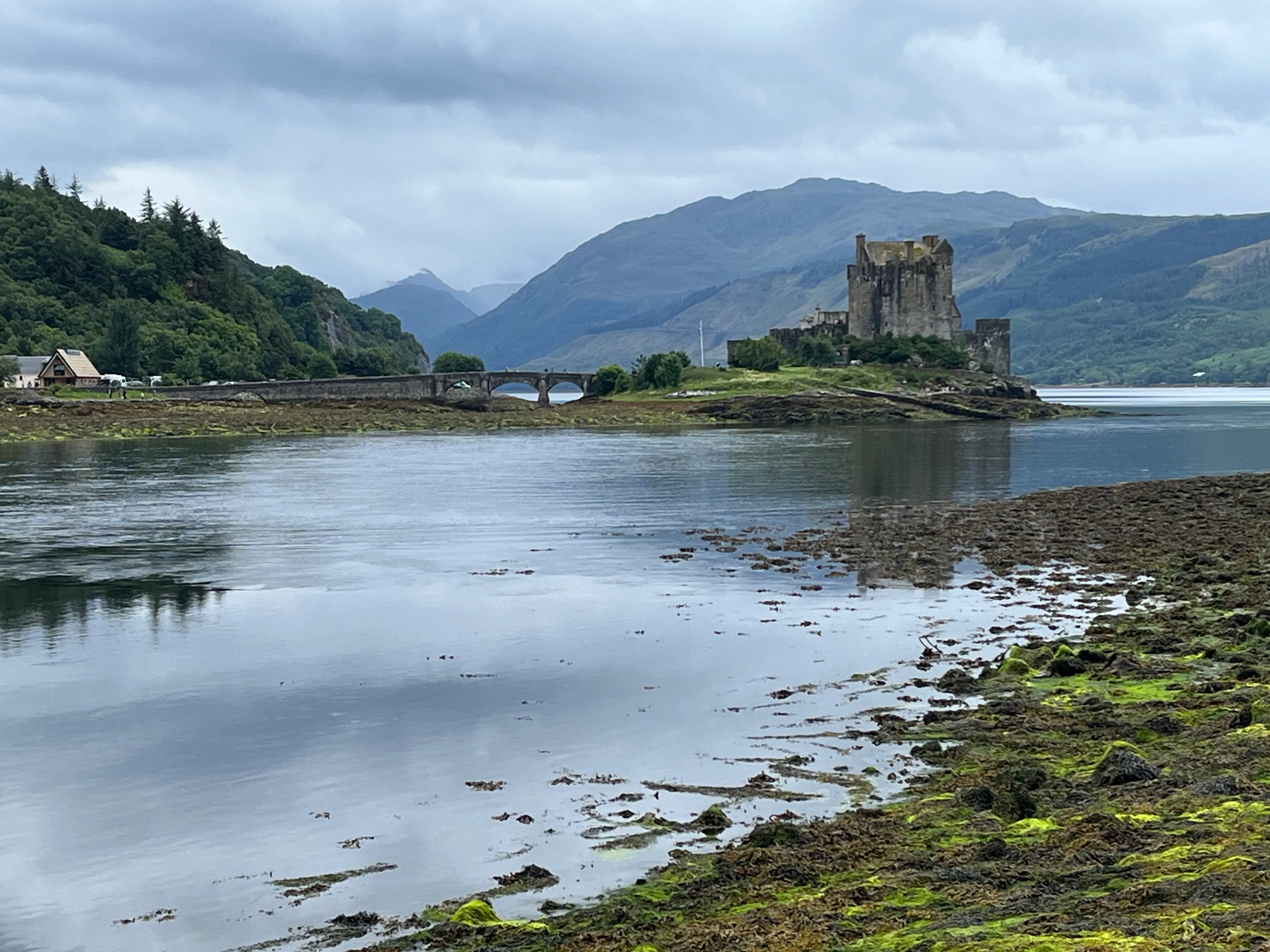The Highland Folk Museum - Newtonmore
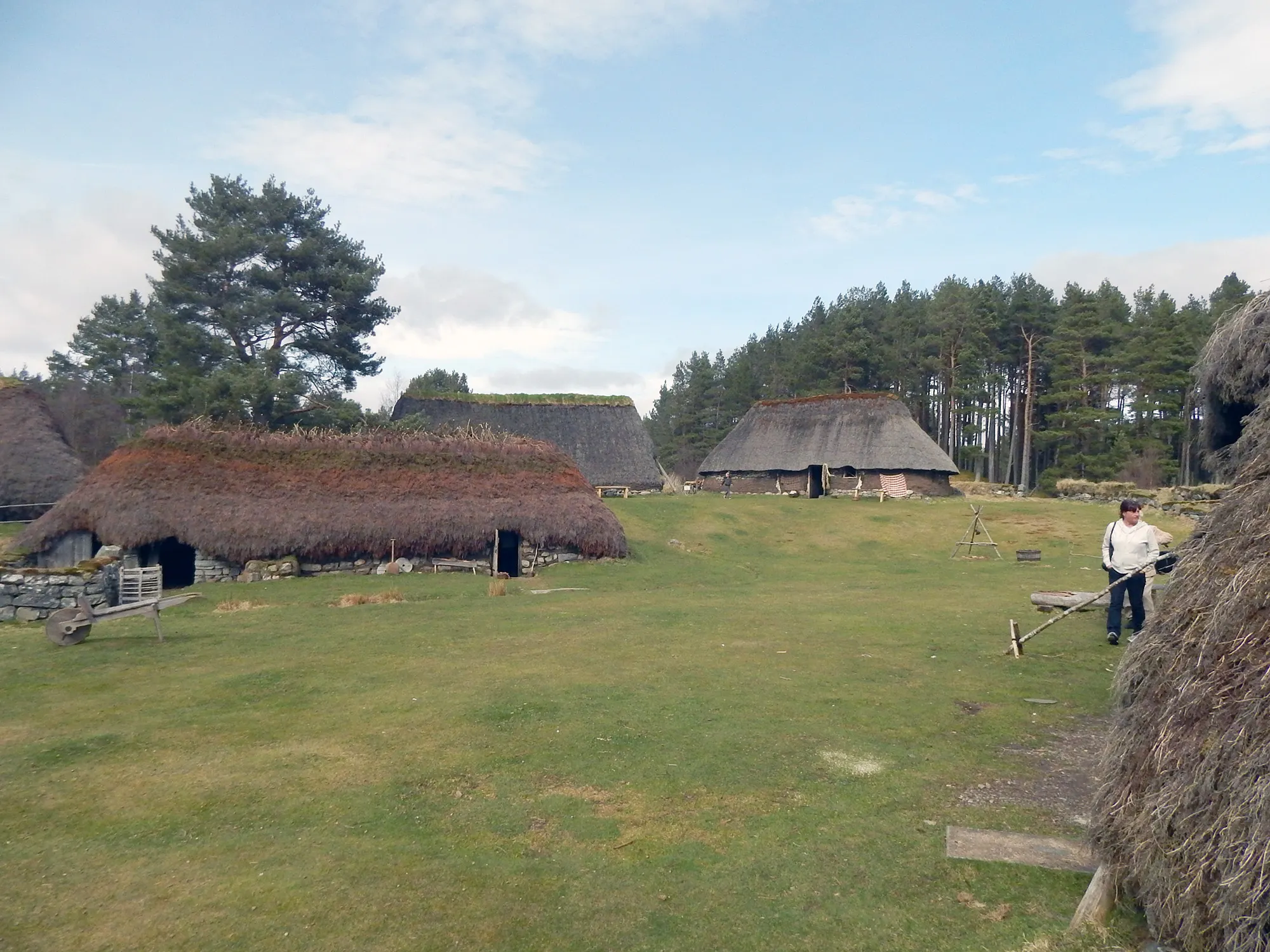
Once upon a time, in the whimsical world of the Scottish Highlands, a spirited woman named Dr Isabel Frances Grant had a vision – a vision of preserving the quaint and quirky artefacts of Highland life for generations to come. So, armed with determination and a personal legacy burning a hole in her pocket, she set out to create something truly magical: the Highland Folk Museum.
In 1930, Dr. Grant waved her wand (figuratively speaking, of course) and conjured up the Highland Exhibition in Inverness, showcasing a staggering 2,100 artefacts like a master curator extraordinaire. Not content with just a taste of Highland history, she dove headfirst into the enchanting world of museum curation, founding the Highland Folk Museum in 1935. Nicknamed "Am Fasgadh," Gaelic for "the shelter," this humble abode on the island of Iona became the sanctuary for all things ancient and Highland.
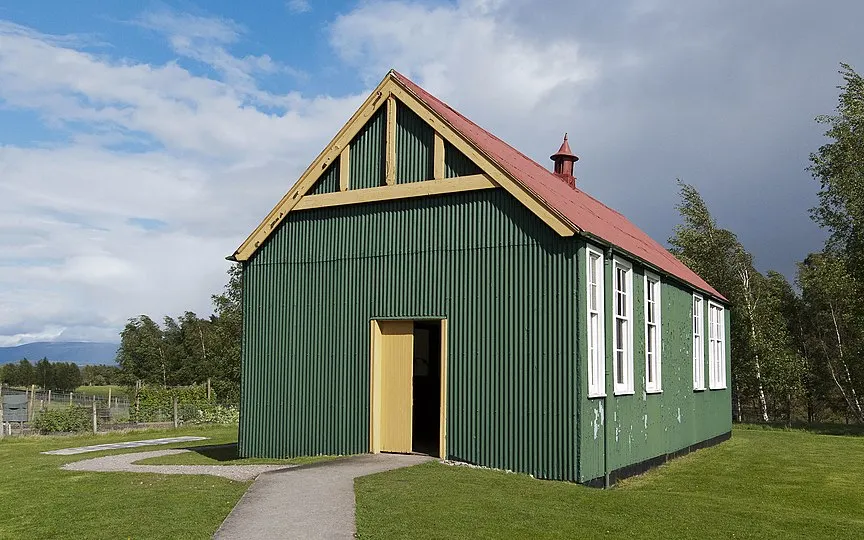
But alas, as the collection grew, so did the need for a larger home. In 1939, the museum packed its bags (and artefacts) and made the trek to the mainland, settling in the cosy village of Laggan, Badenoch. However, just as the museum was settling into its new digs, World War II reared its ugly head, throwing a wrench into Dr. Grant's plans faster than you can say "bagpipes." Petrol shortages and travel restrictions meant fewer visitors, but did that stop Dr. Grant? Of course not!
In a stroke of brilliance (or sheer determination), Dr. Grant acquired Pitmain Lodge in 1943, a grand Georgian house fit for a museum of Highland wonders. With three acres of land to boot, the Highland Folk Museum reopened its doors in 1944, ready to dazzle visitors with its eclectic collection of Highland treasures.
From furniture to farming implements, horse tackle to haggis-making utensils (okay, maybe not haggis-making utensils, but you get the idea), the museum boasted it all. Dr. Grant even threw in live demonstrations for good measure, because what's history without a little showmanship?
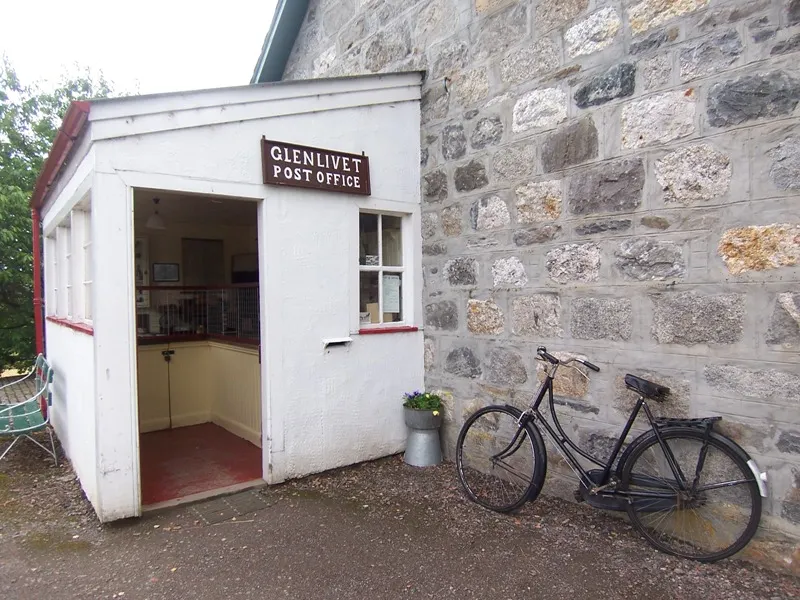
As the years passed, ownership of the museum changed hands like a game of hot potato, eventually landing in the capable arms of the Highland Regional Council in 1975. Under the watchful eye of curator Ross Noble (no relation to the comedian, though he might have been just as funny), the museum underwent a modern makeover, introducing open, thematic displays and live demonstrations that brought history to life in all its quirky glory.
But the tale doesn't end there, dear reader. In the early 1980s, the museum expanded its horizons, acquiring an 80-acre site at Newtonmore and transforming it into a Highland wonderland. Complete with a working farm, a bustling village, and even a forest straight out of a fairy tale, the Newtonmore site opened its doors in 1987, stealing the spotlight from its older sibling in Kingussie.
Fast forward to the present day, and the Highland Folk Museum is still going strong, enchanting visitors with its whimsical charm and preserving the rich tapestry of Highland history for generations to come. So if you ever find yourself wandering the misty moors of the Scottish Highlands, be sure to pay a visit to this hidden gem – you never know what magical treasures you might discover!

